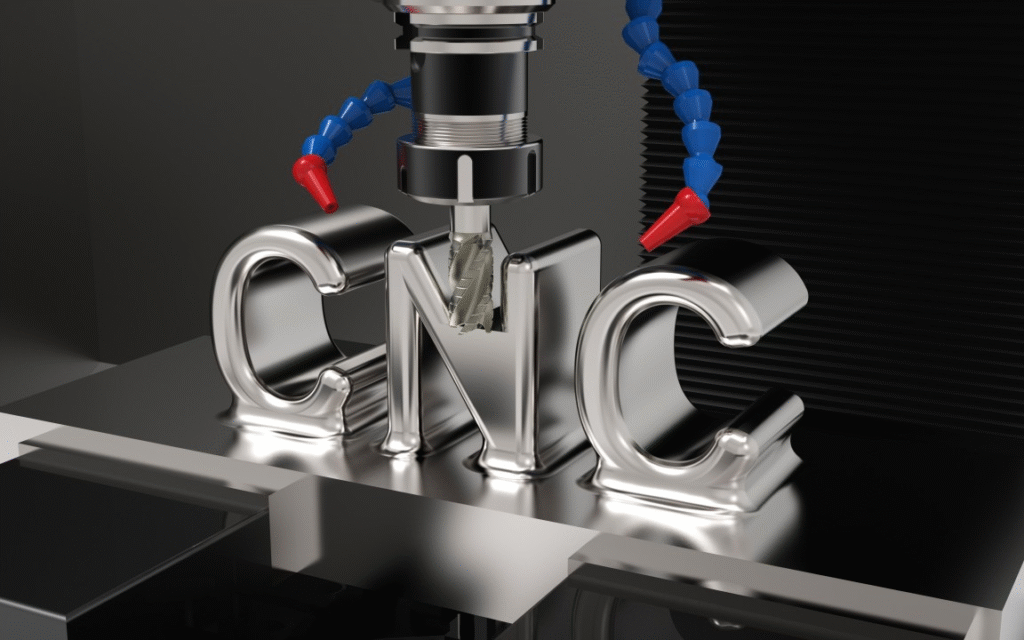
Introduction: The Hidden Bottleneck in CNC Workshops
CNC fixturing clamps technology has advanced rapidly—multi-axis machining, high-speed spindles, digital monitoring. Yet, many workshops still struggle with a surprisingly old problem: workholding inefficiency.
Every minute spent manually adjusting a vise, every defect caused by misalignment, every operator error translates into lost profits. The solution? Self-centering vises, the unsung heroes of modern CNC operations.
This article will show why every cnc with 4th axis workshop—from small job shops to large-scale factories—should invest in this game-changing tool.
Problem #1: Setup Takes Too Long
Traditional 5th axis vises require time-consuming adjustments. Operators must measure, reposition, tighten, and check alignment—sometimes multiple times.
👉 With a self-centering vise, setup becomes plug-and-play. Place the part, clamp it, and it’s automatically centered. No fuss, no wasted minutes.
- Impact: Shops report up to 50% reduction in setup time.
Problem #2: Inconsistent Quality
Manual clamping leads to variation. One operator’s “tight” isn’t the same as another’s. Misaligned parts result in rework or scrap.
👉 Self-centering vises ensure repeatable, symmetric clamping—every part, every operator, every time.
- Impact: Consistency improves, scrap rates drop, customer satisfaction rises.
Problem #3: Limited Flexibility
In high-mix, low-volume environments, versatility matters. Traditional vises force compromises—multiple fixtures, longer changeovers.
👉 Self-centering vises adapt across sizes and shapes within their range, offering one solution for many parts.
- Impact: Faster changeovers = more spindle uptime.
ROI: Turning Investment into Profit
Yes, self-centering vises cost more upfront. But consider the return:
- Labor savings: If one operator saves even 30 minutes daily, that’s ~125 hours per year. Multiply by labor rates.
- Reduced scrap: Fewer defective parts = direct material savings.
- Increased machine utilization: Every saved minute adds to capacity.
👉 Many workshops achieve full ROI within 6–12 months.
Real-World Example
A mid-sized CNC shop in Ohio switched 70% of its vises to self-centering models. The results within one year:
- Setup time per job cut from 20 minutes to 8 minutes.
- Scrap rate reduced by 40%.
- Overall machine utilization increased by 12%.
This translated into an additional $150,000 in billable capacity—far exceeding the vise investment.
Choosing the Right Self-Centering Vise
Not all vises are equal. Buyers should consider:
- Clamping force (sufficient for your materials).
- Jaw width & travel (fit to your parts).
- Mounting compatibility with your CNC tables.
- Automation readiness (robot integration, sensors).
The Marketing Angle: Sell Your Efficiency
CNC shops using self-centering vises can also market themselves better:
- “Faster turnaround times”
- “Higher precision guaranteed”
- “Flexible production capabilities”
In competitive bidding, these factors often tip the scales in your favor.
Conclusion
For CNC workshop owners and managers, the decision is clear: self-centering vises aren’t a luxury—they’re a necessity.
They save time, reduce waste, improve quality, and pay for themselves quickly. In an industry where margins are thin and competition fierce, investing in smarter workholding may be the single best move you make this year.